Table of content
Introduction
Peanuts, also known as groundnuts, are a popular and versatile legume enjoyed worldwide for their nutty flavor and numerous health benefits. From being a staple in snacks and candies to being a key ingredient in various cuisines, peanuts are a cherished food item. However, like any other perishable product, peanuts can go stale or spoil if not stored properly or if they are past their prime. Identifying fresh peanuts is crucial to ensuring you enjoy their optimal taste, texture, and nutritional value. This comprehensive guide will teach you how to recognize fresh peanuts, from understanding their basic characteristics to practical tips for selection and storage.
Understanding Peanut Basics
Before diving into the specifics of identifying fresh peanuts, it’s essential to understand some basic information about this legume. Peanuts are grown in warm, tropical, and subtropical regions and are typically harvested in the fall. They are enclosed in pods that grow underground, making them a type of “groundnut.” Once harvested, peanuts undergo various processing stages, including shelling, cleaning, and grading, before being sold to consumers.
Types of Peanuts
There are several types of peanuts, each with its unique characteristics:
- Virginia Peanuts: These are large, bold nuts with a high oil content, making them ideal for roasting and oil extraction.
- Runner Peanuts: Smaller and more elongated, runner peanuts are commonly used in peanut butter and candy due to their high protein content.
- Spanish Peanuts: Known for their sweet flavor and small size, Spanish peanuts are often used in confectionery and baking.
- Valencia Peanuts: These are medium-sized nuts with a delicate flavor and are suitable for boiling, roasting, and eating raw.
Nutritional Benefits
Peanuts are a rich source of healthy fats, protein, fiber, vitamins, and minerals. They contain unsaturated fats, particularly monounsaturated and polyunsaturated fats, which are beneficial for heart health. Additionally, peanuts are a good source of:

- Protein: Essential for muscle repair and growth.
- Fiber: Aids in digestion and helps maintain blood sugar levels.
- Vitamins and Minerals: Including niacin, folate, vitamin E, magnesium, and phosphorus.
- Antioxidants: Such as resveratrol and p-coumaric acid, which have anti-inflammatory properties.
Signs of Fresh Peanuts
Identifying fresh peanuts involves looking at several factors, including appearance, aroma, and texture. Here’s a detailed breakdown of what to look for:
Appearance
- Color: Fresh peanuts have a uniform, natural color ranging from light to dark brown, depending on the variety. Avoid peanuts with discoloration, mold, or dark spots, which may indicate spoilage or old age.
- Shell Integrity: The outer shell should be intact and free from cracks or holes. Cracks can allow moisture and contaminants to enter, compromising the freshness of the nut.
- Kernel Appearance: If you can see the kernel through the shell (e.g., in pre-shelled peanuts), it should be firm, plump, and have a smooth texture. Avoid kernels that are shriveled, discolored, or have spots.
Aroma
Fresh peanuts have a mild, nutty aroma. If you detect any off-odors, such as mold, rancidity, or a strong, unpleasant smell, the peanuts are likely not fresh.
Texture
- Shell Feel: Fresh peanut shells should feel firm and slightly moist (not wet). Overly dry or brittle shells can indicate that the peanuts have been stored for too long.
- Kernel Feel: When you bite into a fresh peanut, it should have a firm, slightly creamy texture. Old peanuts may be dry, hard, or crumbly.
Packaging and Labels
When buying packaged peanuts, pay attention to the following:
- Expiration Date: Check for a “best before” or “use by” date on the package. While peanuts can be stored for longer periods if kept in optimal conditions, adhering to the expiration date is a good practice.
- Packaging Integrity: Ensure the packaging is intact and has no signs of tampering or damage. Look for any leaks, punctures, or moisture inside the package.
- Storage Conditions: The package should indicate the recommended storage conditions (e.g., cool, dry place). If the peanuts have been exposed to improper conditions, their freshness may be compromised.
Practical Tips for Selecting Fresh Peanuts
Now that you know what to look for, here are some practical tips to help you select fresh peanuts:
At the Grocery Store
- Bulk Bins: If buying from a bulk bin, use a clean scoop to avoid cross-contamination. Inspect the peanuts carefully before scooping. Avoid bins that look dusty, have broken shells scattered around, or have peanuts that stick together (a sign of moisture).
- Pre-Packaged Peanuts: Opt for vacuum-sealed or airtight packaging to ensure freshness. Avoid packages that are bulging, dented, or have been opened.
- Store Brands: Sometimes, store brands may offer fresher peanuts because they have shorter supply chains. However, always check the expiration date and packaging integrity regardless of the brand.
At the Farmers’ Market
- Ask Questions: Farmers and vendors at farmers’ markets are often knowledgeable about their products. Ask them when the peanuts were harvested and how they were stored.
- Inspect Carefully: Follow the same inspection criteria as you would at the grocery store, focusing on appearance, aroma, and texture.
- Buy in Quantity: If you find fresh peanuts, consider buying in larger quantities to ensure you have a steady supply. Just make sure you store them properly to maintain freshness.
Online Purchases
- Read Reviews: Check customer reviews to gauge the freshness and quality of the peanuts.
- Check Shipping Information: Ensure the peanuts are shipped in a way that maintains their freshness (e.g., insulated packaging with ice packs).
- Inspect Upon Arrival: Upon receiving your order, inspect the peanuts immediately. If they don’t meet your freshness criteria, contact the seller for a refund or replacement.
Storing Peanuts to Maintain Freshness
Once you’ve selected fresh peanuts, proper storage is crucial to maintaining their quality. Here are some tips for storing peanuts:
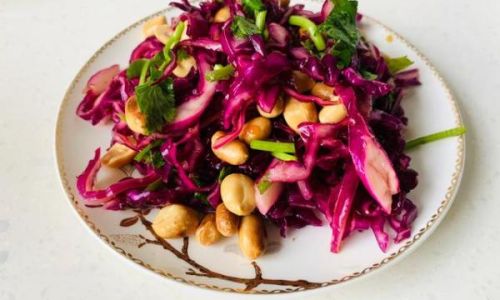
General Storage Guidelines
- Cool, Dry Place: Store peanuts in a cool, dry place away from direct sunlight and heat sources. Temperatures between 60-70°F (15-21°C) are ideal.
- Airtight Container: Use an airtight container or resealable plastic bag to prevent moisture and air from entering. Glass jars with tight-fitting lids are a good option.
- Avoid Humidity: High humidity can cause peanuts to spoil quickly. If you live in a humid climate, consider using desiccants or storing peanuts in the refrigerator.
Refrigeration and Freezing
- Refrigeration: Peanuts can be stored in the refrigerator for extended freshness, especially in warm climates. Place them in an airtight container and use within a few months.
- Freezing: For long-term storage, peanuts can be frozen. Place them in a freezer-safe container or bag, removing as much air as possible. Frozen peanuts can be stored for up to a year.
Handling and Consumption
- First-In, First-Out: When storing multiple batches of peanuts, label them with the date of purchase to ensure you use the oldest batch first.
- Proper Handling: Wash your hands before handling peanuts to avoid cross-contamination. Use clean utensils when scooping peanuts from storage containers.
- Consumption: Once opened, consume peanuts within a few weeks to maintain optimal freshness. If they start to lose their flavor or texture, it’s best to discard them.
Identifying and Avoiding Spoiled Peanuts
Knowing how to identify spoiled peanuts is equally important to ensure your safety and prevent foodborne illness. Here are some signs that peanuts have spoiled:
- Mold Growth: Visible mold on the shell or kernel indicates spoilage. Discard any peanuts with mold immediately.
- Off Odors: A strong, unpleasant smell is a sure sign that peanuts have gone bad.
- Discoloration: Dark spots, discoloration, or an unusual color change can indicate spoilage.
- Texture Changes: Dry, crumbly, or slimy textures are all signs that peanuts are no longer fresh.
- Insects or Larvae: If you see insects or larvae in or on the peanuts, discard them immediately.
If you suspect that peanuts have spoiled, err on the side of caution and discard them. Consuming spoiled peanuts can lead to food poisoning, with symptoms such as nausea, vomiting, diarrhea, and abdominal pain.
Conclusion
Identifying fresh peanuts is a straightforward process that involves paying attention to appearance, aroma, texture, and packaging. By following the tips outlined in this guide, you can ensure that you select and store peanuts in a way that maximizes their freshness and nutritional value. Remember, fresh peanuts are a delicious and healthy addition to your diet, so take
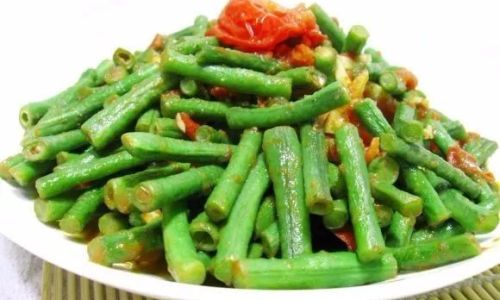
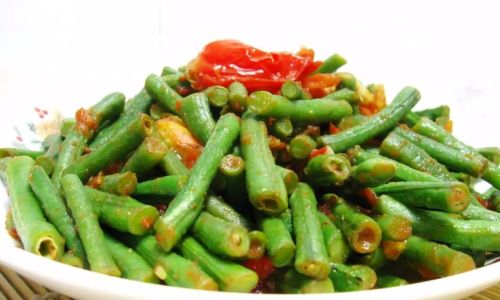
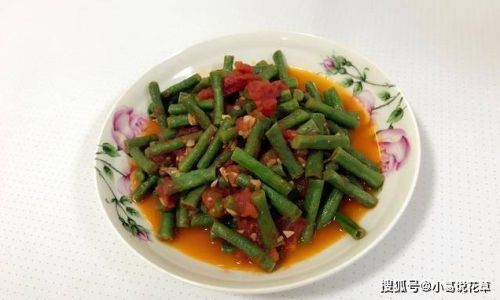

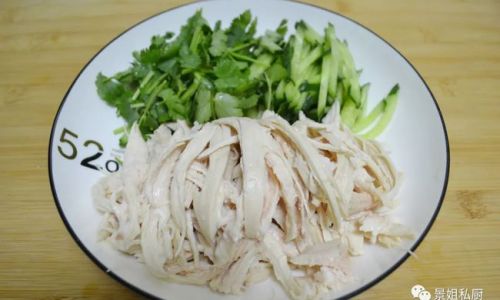

0 comments